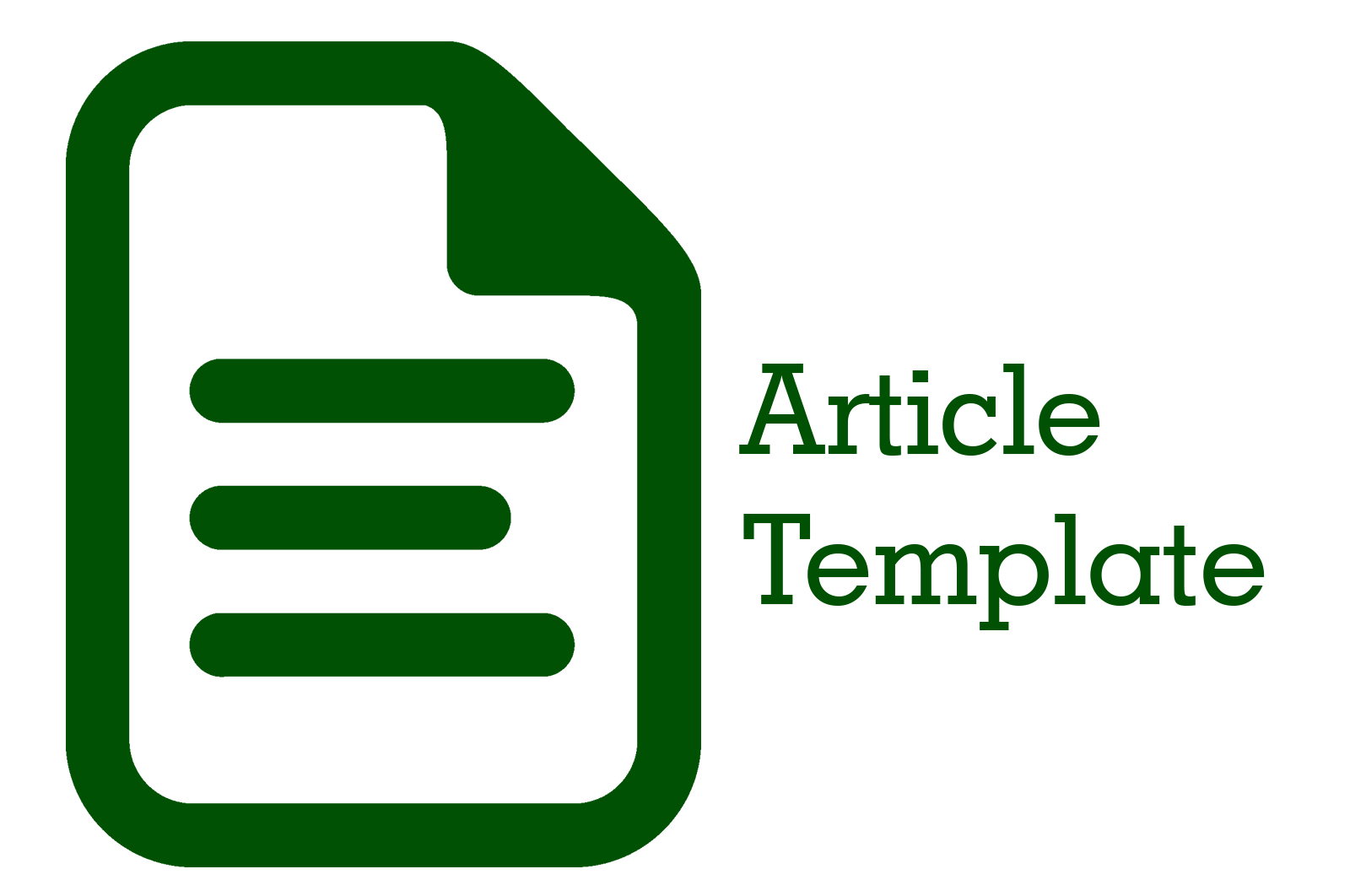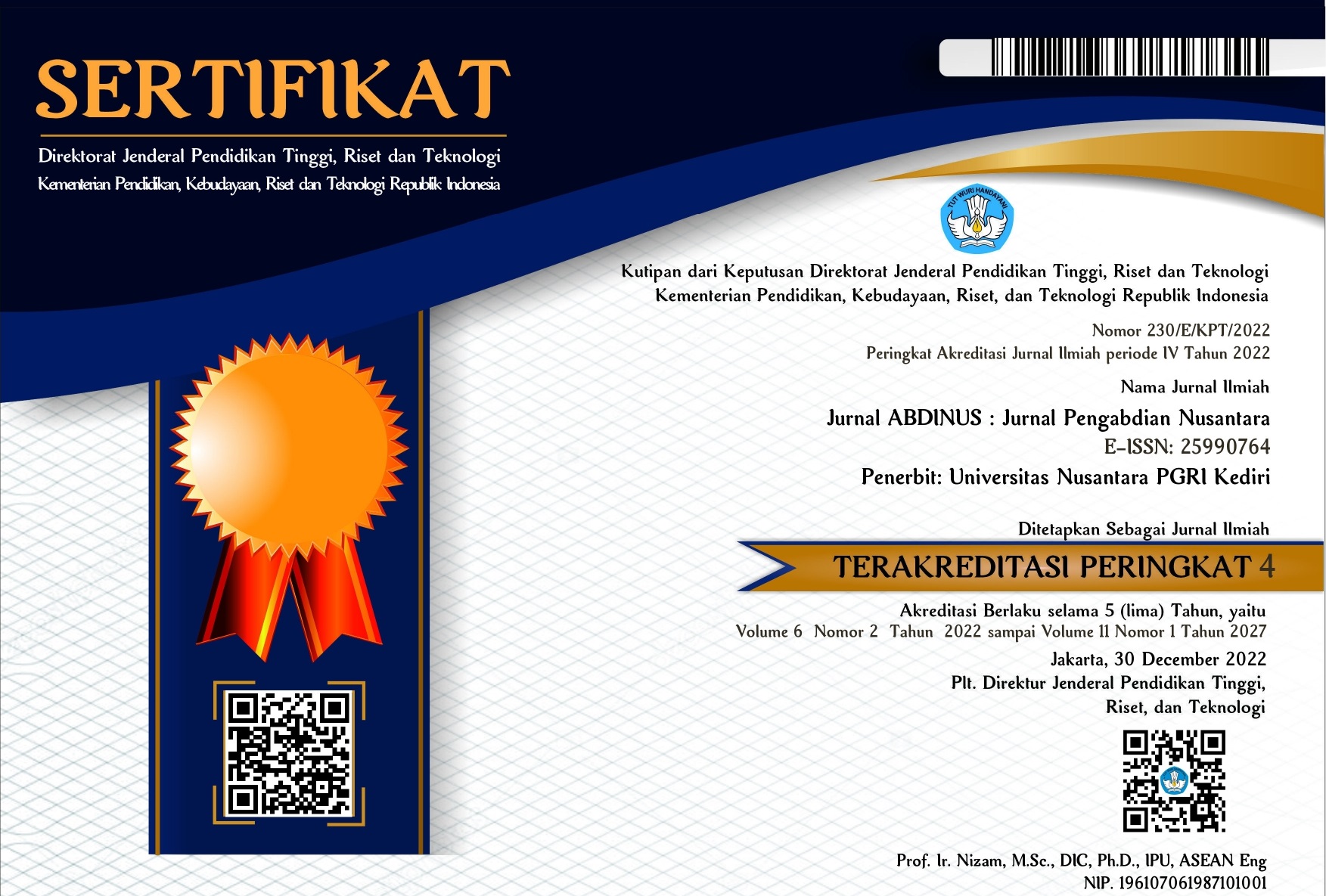Memajukan Ekowisata Bahari Dengan Memanfaatkan Media Teknologi Informasi Di Desa Pengudang, Bintan, Kepulauan Riau
DOI:
https://doi.org/10.29407/ja.v3i2.13867Keywords:
technology utilization, ecotourism, mangrove tourAbstract
One potential tourism segment in the Riau Islands is attractions managed by local communities on the coast such as the Pengudang Bintan Mangrove in Pengudang Village, Riau Islands. Most of these attractions are not widely known outside the Riau Islands because of promotions that have not been explored maximally. By conducting a survey, a study of literature, and an analysis of a series of problems, website design was made as a solution. The website is equipped with questionnaires and visitor charts so that managers can conduct an empirical analysis to set targets and goals going forward. In addition to the website also made a profile of attractions on one of the famous traveller sites like TripAdvisor. The results of reviews of tourists visiting various tourist objects, become the basis of most tourists to decide to choose a tourist location.
Downloads
References
Peraturan Daerah Kabupaten Bintan Nomor 5 Tahun 2016 tentang Rencana Pembangunan Jangka Menengah Daerah (RPJMD) Tahun 2016-2021.
Triadi, E., Zulfikar, A., & Idris, F. 2015. Analisis Kesesuaian Ekosistem Mangrove untuk Pengembangan Ekowisata : Studi Kasus Sungai Pengudang Kecamatan Teluk Sebong Kepulauan Riau. jurnal.umrah.ac.id.















